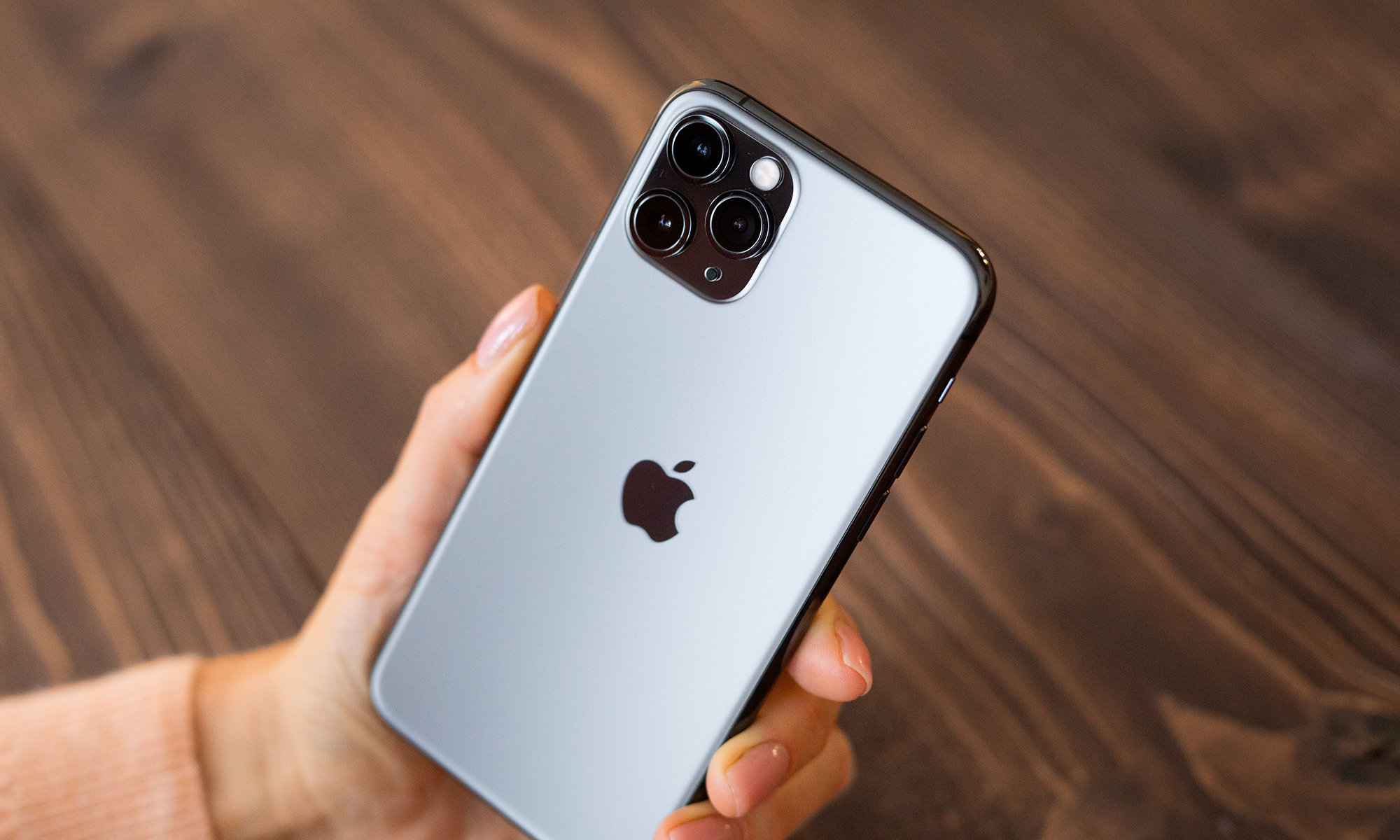Both Apple (AAPL +0.17%) and Google (GOOG +1.55%) continue to bolster their smart TV add-ons. Apple TV and Google's Chromecast have received notable app additions in just the last few weeks, making them far more than a Netflix (NFLX +0.35%) gateway.
Apple TV and Google's Chromecast help to lock owners into the tech giants' respective mobile ecosystems, so making them more attractive to consumers makes sense. However, it's curious that they've received so much focus prior to the release of what ultimately could be competing devices.
Apple TV has the edge
Apple TV has become much more than the "hobby" the company once described it as. A year ago, Apple's set-top box couldn't do much more than stream content from iTunes, Netflix and Hulu. But over 2013, Apple TV has received numerous updates, giving it access to content from ESPN, HBO, Disney, and PBS. Earlier this month, Apple TV was updated yet again, this time getting apps for Bloomberg, ABC, and Crackle.
These apps, by themselves, don't make any more money for Apple, but they do make Apple's box more attractive to customers. In May, Apple said it had sold over 13 million of them, with about half of those sales coming within the last year. Someone buying Apple's set-top box for Netflix and HBO Go might eventually rent or buy a movie from iTunes.
Google's Chromecast is rapidly catching up
Google's Chromecast dongle has access to fewer apps than Apple TV, but it is much cheaper (about $35 vs $100). Still, Google has been working to add more apps to Chromecast -- when it launched, it worked only with YouTube and Netflix, but support for HBO Go, VEVO and Hulu have been added.
Like Apple TV, the Chromecast has worked with Google's media store from the get-go: Any movies or TV shows rented or purchased on Google Play can be sent to a TV with the Chromecast. Apple's media ecosystem is generally well understood by investors, but fewer seem to give the same credit to Google. Interestingly, Google seems to be taking its media store far more seriously, recently launching a TV advertising campaign strictly for Google Play.
Netflix is the real winner
The more of these devices Apple and Google sell, the better for each company. A customer that buys a lot of media from iTunes or Google Play is one who's likely to remain loyal. That should benefit both companies in the long-term, but Netflix is the more immediate winner.
There are numerous ways to access Netflix's streaming content -- from smart TVs to video game consoles -- but a shockingly high percentage of Netflix subscribers still access the service from their computer: Statistic Brain put the figure at over 40% back in May. That means that almost half of Netflix's 31 million domestic subscribers are watching from their desktop or laptop, far from an ideal way to digest the company's content.
And those are customers paying Netflix -- there's likely a contingent of consumers who wouldn't sign up for Netflix on the grounds that they can't watch it on their TV. Earlier this year, reports indicated that Netflix was talking to cable companies about integrating its service into their set-top box, suggesting that access remains a bottleneck in Netflix's attempts at growing its domestic subscriber base. Many who've bought Google's Chromecast and Apple TV were probably already Netflix subscribers to begin with, but every buyer is a potential Netflix subscriber.
An appetizer before the meal?
It's interesting that Apple and Google have continued to support both devices, given that both companies are expected to launch more ambitious TV-related products next year. Apple's all-in-one television set could finally make its debut in 2014, following Apple's acquisition of PrimeSense. Likewise, Google is said be readying a "Nexus TV" that will not only stream media, but also run Android apps.
How Apple and Google manage their existing TV devices in light of these new products is a storyline tech investors should keep an eye on in 2014. Overall, it's become clear that both companies see the living room as a crucial frontier in the expansion of their ecosystems.








